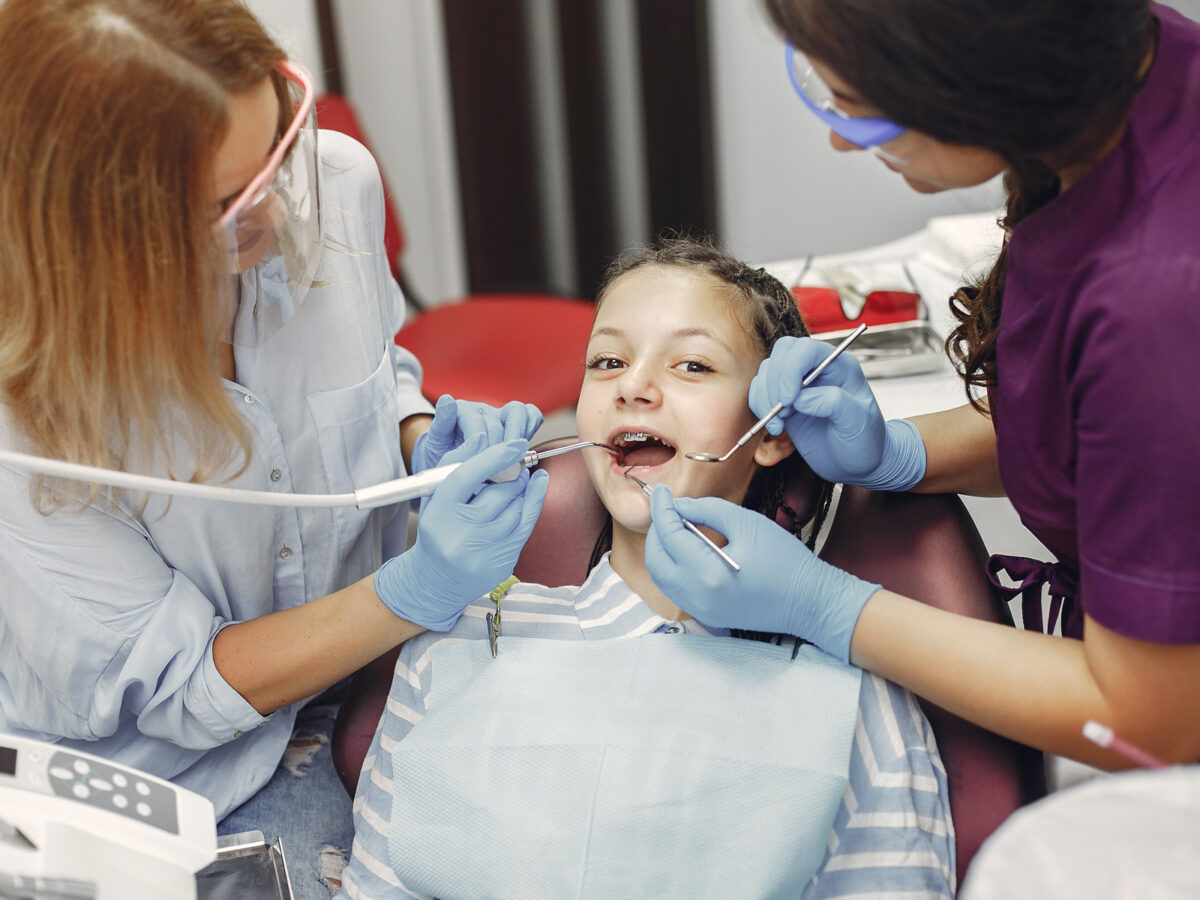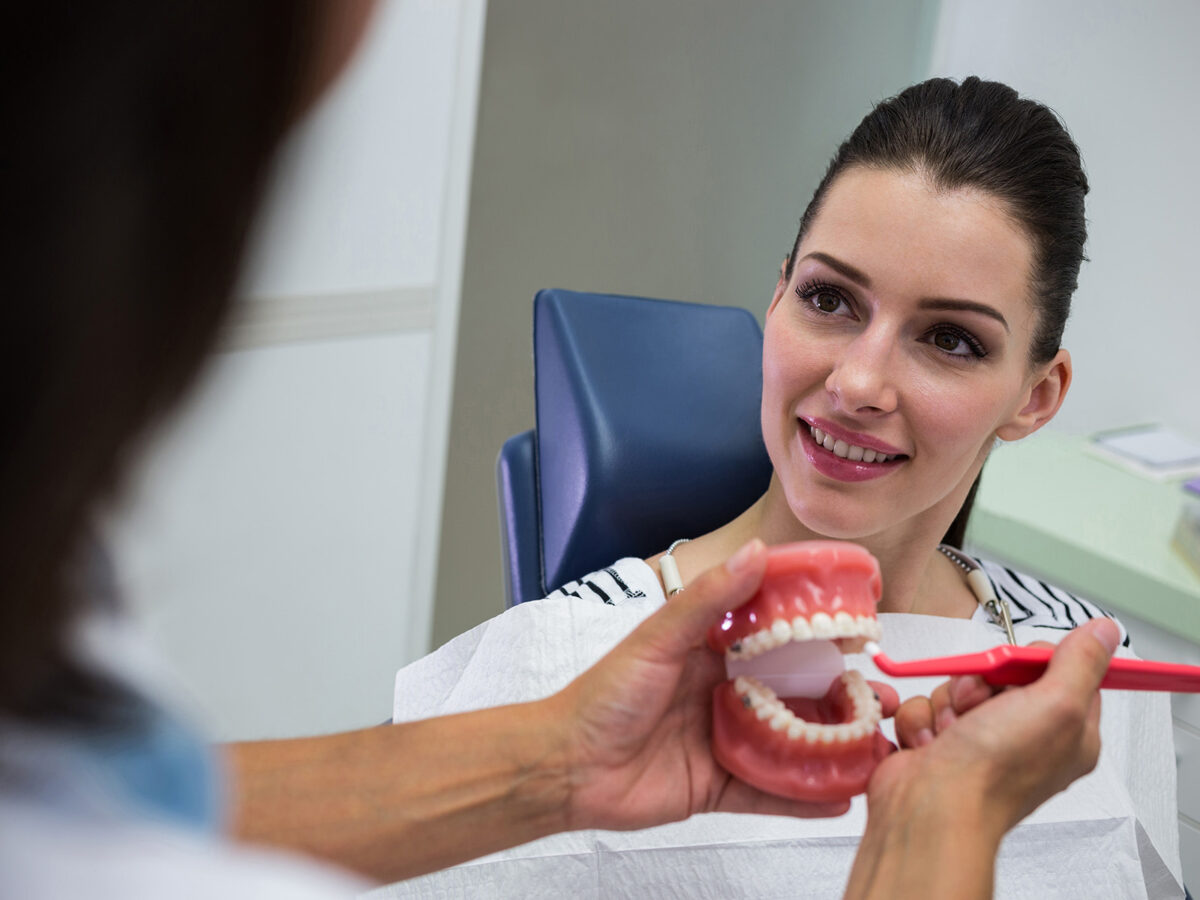Orthodontic therapy for children is a preventive measure to guarantee healthy teeth and a beautiful face. Early treatment can prevent future problems, regulate jaw and teeth development, and lay the groundwork for a strong, beautiful smile.
Optimal dental health can be supported by early intervention, different types of orthodontic appliances, and regular checkups, all of which will be discussed in this article.
Why Orthodontics for Kids Is Crucial:
Children with orthodontic disorders may experience many symptoms, such as tooth and jaw misalignment, crowding, inappropriate jaw development, and biting issues. There are several benefits to addressing these issues while the child is still young:
- Assessment by an orthodontist at an early age can help find and fix problems before they become more difficult to treat later on.
- Benefits to Oral Health: Straighter teeth are easier to clean, lowering the probability of cavities and gum disease.
- Improved health and beauty from a more balanced face structure guided by orthodontic treatment.
- A child’s self-esteem and confidence can benefit from a visit to the dentist to ensure their teeth are straight and healthy.
Children’s Orthodontic Care and Its Varieties:
Braces for Kids:
Metal brackets adhere to teeth, and wires connect each bracket to the next. They can be used to treat a variety of orthodontic problems effectively. Today’s braces for kids are less noticeable and more convenient.
Invisalign Teen:
Ceramic braces for kids are similar to metal braces, except the brackets and wires are clear or tooth-colored instead of metal. They’re more aesthetically pleasing and discreet.
Lingual Braces for Kids:
Lingual braces for kids are attached to the backs of teeth, and no one will ever know you’re wearing them. They offer a non-obtrusive therapy alternative for kids who prefer to keep their condition under wraps.
Teens and Invisalign:
Invisalign is a modern replacement for metal braces for kids, which are both invisible and removable. Using a series of custom-made aligners, teeth are gradually repositioned. Adolescents have unique orthodontic requirements, and Invisalign Teen is adaptable and comfortable.
Expansion of the Palate:
Palatal expanders are utilized to widen the upper jaw in crowding and bite issues. They work marvels on the jaws of maturing children.
Space Keepers:
Misalignment can occur when primary teeth are lost too soon, but with space maintainers, this problem can be avoided.
Appliances that do their jobs:
Jaw growth and biting issues can be corrected using a functional device. When treating underbites or overbites, they are frequently used.
Braces for the Head:
Sometimes, orthodontic headgear is the best option for fixing major bite issues. It aids in the development of the jaw and face.
The Importance of Preventative Orthodontic Treatment:
Orthodontics at the Interval:
During the mixed dentition stage (when a child still has some baby teeth as well as adult teeth), interceptive orthodontics can be used to address potential problems before they become severe. This method can help avoid difficulties and lessen the need for invasive procedures on the road.
An Initial Evaluation:
Orthodontists do early assessments to decide the optimal course of action for a child’s oral development. Crossbites and overcrowding, for example, are problems that are easier to fix in young children.
Modifying Facial Development:
Orthodontic treatments can direct facial and jaw development for improved facial harmony and dental health.
Preventing Problems:
In some cases, oral surgery or tooth extraction might be avoided if orthodontic treatment begins early.
Conclusion:
Regarding a child’s oral and facial health, orthodontic therapy is a preventative measure that can yield positive results. Taking care of orthodontic difficulties at a young age can help youngsters develop their jaws and teeth in a way that sets them up for a lifetime of healthy, beautiful smiles.
Parents and carers may help their children attain outstanding oral health and confidence in their smiles by evaluating the many treatment options and the benefits of early screening and intervention. If you want specific advice and recommendations for treatment, a visit to a pediatric orthodontist is a must.





